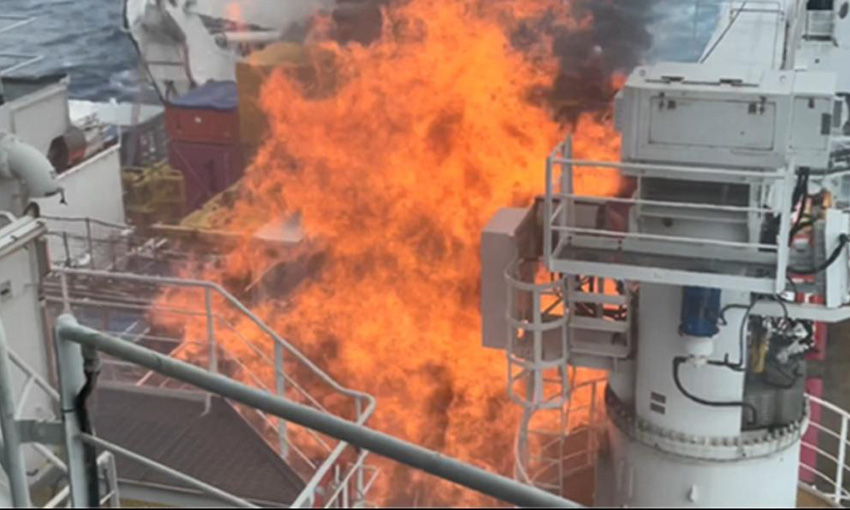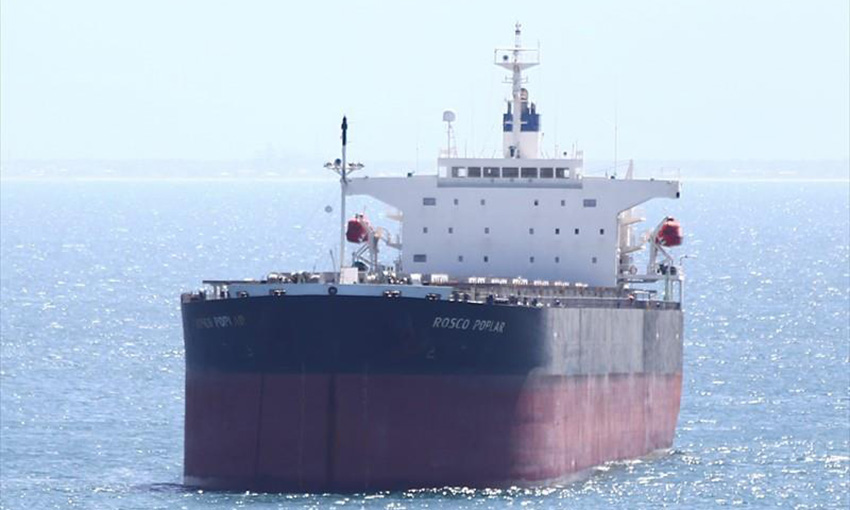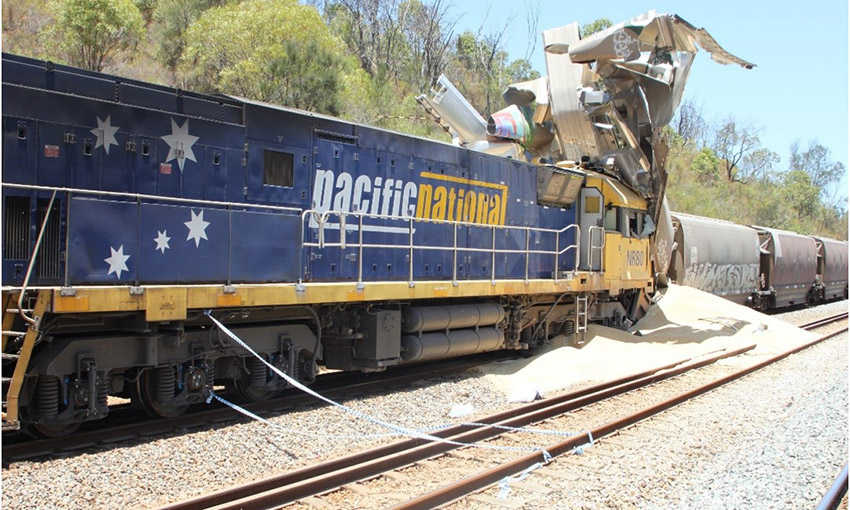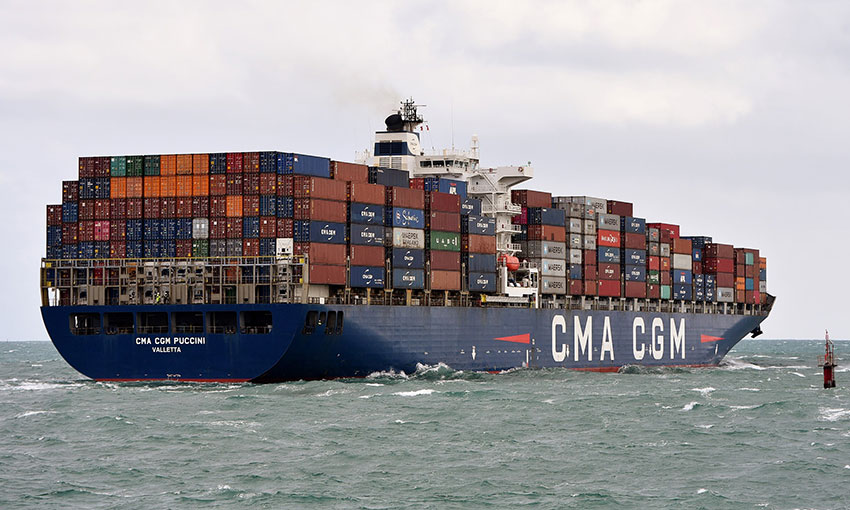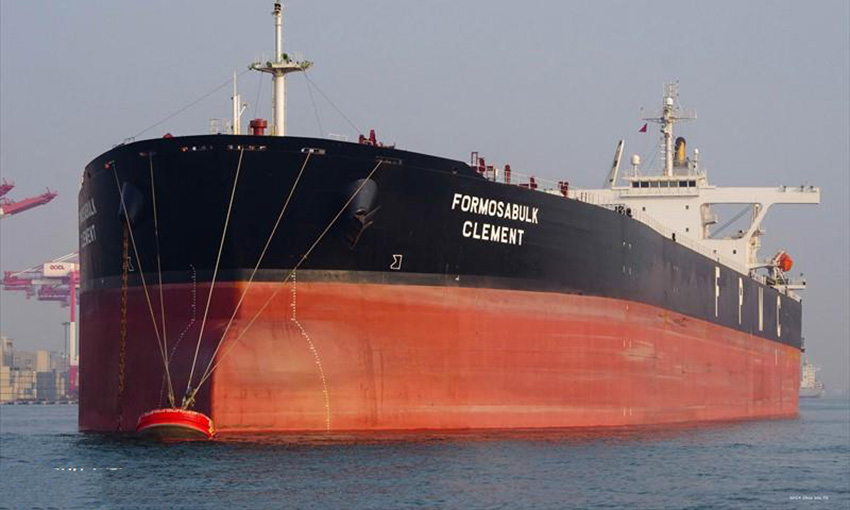INAPPROPRATE engineering watchkeeping practices, as well as characteristics of the ship’s integrated automation system contributed to a serious fire that broke on the Bahamas-flagged MPV Everest during an Antarctic resupply voyage, according to the Australian Transport Safety Bureau’s final report on the incident.
The fire
On 5 April 2021, MPV Everest was travelling to Hobart after resupplying Australia’s Davis and Mawson research stations in east Antarctic when a fire broke out in the vessel’s port-side engine room.
The engine room was isolated and the fire extinguished after about two and a half hours.
The vessel was able to maintain power using its separate starboard engine room despite much of the port engine room’s machinery being substantially damaged. Two of the ship’s six diesel generators were operational.
No injuries or pollution was reported.
The vessel was diverted to Fremantle and authorities deployed an offshore supply vessel from Western Australia to rendezvous with MPV Everest as it made its way to Fremantle.
The vessel was carrying 72 expeditioners and 37 crew.
“Although MPV Everest berthed safely in Fremantle eight days after the fire, it required multiple stops at sea for ongoing repairs, and for an extended portion of its voyage the nearest assistance was many days away,” ATSB Chief Commissioner Angus Mitchell said.
The Australian Antarctic Division chartered MPV Everest after the construction of the permanent replacement for the Aurora Australis, RSV Nuyina, was delayed.
ATSB’s safety message
In its report, the ATSB said ships operating in the harsh and remote Arctic and Antarctic environments are exposed to several unique hazards.
“Factors such as the weather, cold temperatures and ice pose significant challenges for mariners and can impact the effectiveness of engineering and deck machinery, emergency equipment, the hull, propulsion system and communication systems,” the bureau wrote in its report.
“Additionally, the remoteness of these areas makes any potential rescue and shore response extremely challenging. Therefore, these risks and challenges are most effectively mitigated by ensuring that ships that venture into these waters are operated at the highest levels of preparedness in terms of crewing numbers, expertise, equipment availability and readiness, and emergency response.”
Mr Mitchell said: “In the event of an abandonment, factors such as distance, weather, and availability of suitable search and rescue assets would have made any potential rescue of MPV Everest’s complement extremely challenging, with a successful outcome far from assured”.
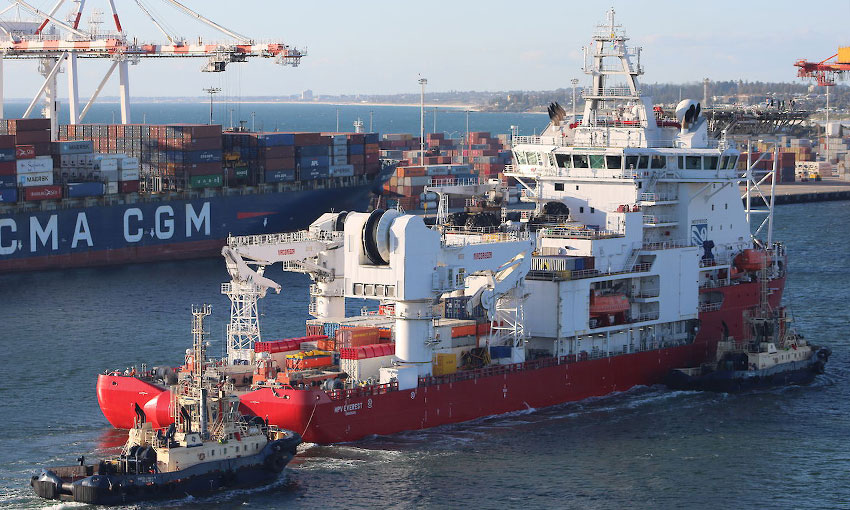
The findings
The bureau found that the fire started when MPV Everest’s port fuel oil settling tank overflowed into the port engine room exhaust ventilation casing and the engine room below.
“The investigation identified that the chief engineer, who was conducting the manual fuel transfer, was experiencing a level of fatigue known to have an adverse effect on performance and probably experienced a lapse in attention which resulted in the manual fuel transfer not being monitored and in the tank overflowing, undetected,” the ATSB wrote in its report.
“The investigation concluded that the fire was a result of the ignition of the overflowing fuel either contacting a hot surface within the casing or igniting due to electrostatic discharge, with the latter being more likely.”
The bureau said: “inappropriate engineering watchkeeping practices and characteristics of the ship’s integrated automation system, among other factors, reduced the effectiveness of tank alarm(s) leading up to the overflow”.
Also, it said an error in the pump layout of the ship’s engine room water mist fixed fire extinguishing system increased the risk of an ineffective response to a fire in the engine room.
And also, the ATSB found a “lack of engine room fire drills meant that opportunities to evaluate and ensure the ship’s readiness to respond to engine room fires and to identify remedy areas in need of improvement were lost”.
Among the eight safety issues identified, the ATSB found the ship’s classification society, Bureau Veritas, had approved the ship’s fuel oil settling tank’s air vent pipe being positioned within the engine room’s exhaust ventilation casing.
“While this air pipe was not designed for the egress of fuel, this incident demonstrated that it was a possibility, and international regulations specified that air pipes for fuel oil tanks must discharge to a safe position on the open deck,” Mr Mitchell said.
“However, Bureau Veritas’ design approval processes had not identified any potential risks with the positioning of this air pipe in MPV Everest’s engine room ventilation casing and consequently, had approved the design, which contributed to the overflowing fuel entering the engine room.”
Finally, the ATSB’s investigation found the ship’s manager, Fox Offshore, did not adequately prepare the vessel for operations in the Southern Ocean and Antarctica. The bureau said the ship’s safety management system was not “sufficiently mature for these operations, or effectively implemented”.
Also, the report said the AAD’s pre-charter due diligence arrangements were “found to be ineffective at accurately assessing the preparedness of the ship, its crew and safety management systems for operations in Antarctica”.
The ATSB acknowledged that the covid-19 pandemic at the time posed serious challenges to the global maritime industry.
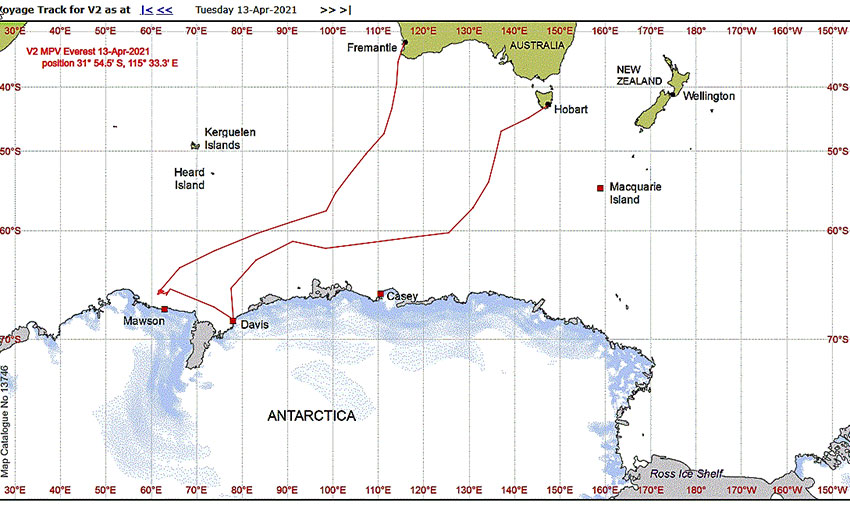
Outcomes
After the incident, MPV Everest’s settling tank air pipes and other pipes in the engine room exhaust ventilation casings were modified and extended to terminate on an open deck above the casings, in compliance with the rules.
The ship’s owner, Maritime Construction Services, commissioned a report into the incident and took over as the ship’s manager and brought on Northern Marine Ship Management after relieving Fox Offshore of its duties.
The new manager implemented a new safety management system, which requires that fire drills be planned and conducted in as realistic manner as possible.
Also, the AAD has instructed the manager and operator of RSV Nuyina, Serco, to review the findings of the ATSB investigation to ensure similar circumstances do not occur.
Not the first time
There was a previous fire incident on board MPV Everest while it was chartered by the AAD.
In late January 2021, a small fire broke out in the ship’s battery room, located on a deck above the bridge.
The fire was put out using hand-held fire extinguishers and no injuries were reported.
The incident occurred when the vessel was 225 nautical miles from Australia’s Casey research station in Antarctica.

